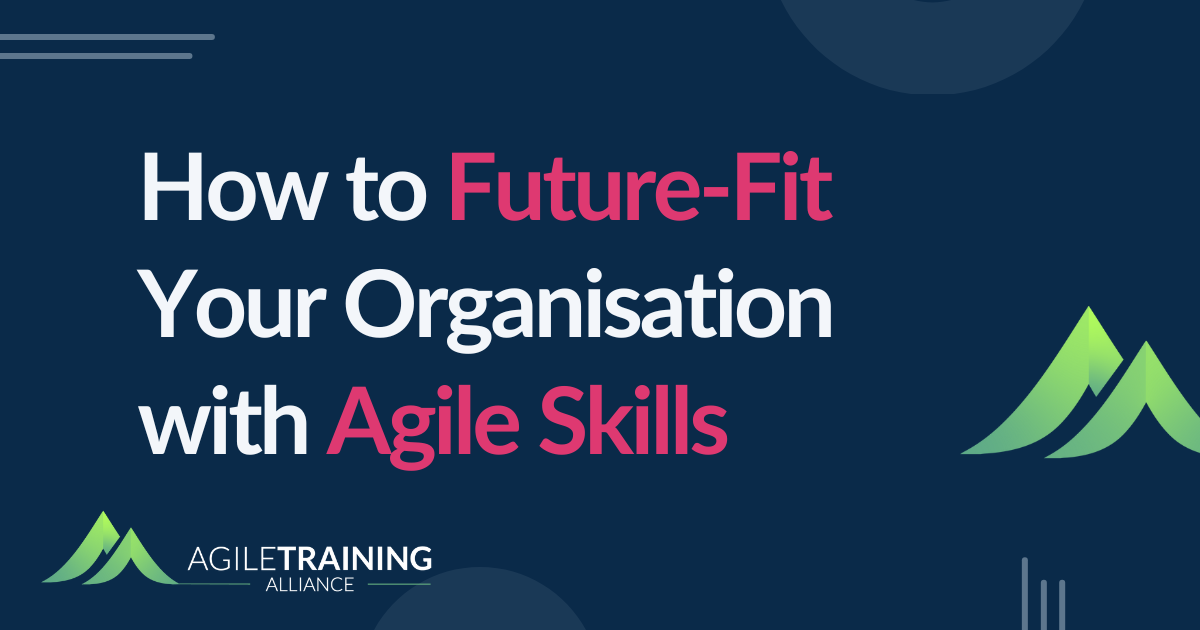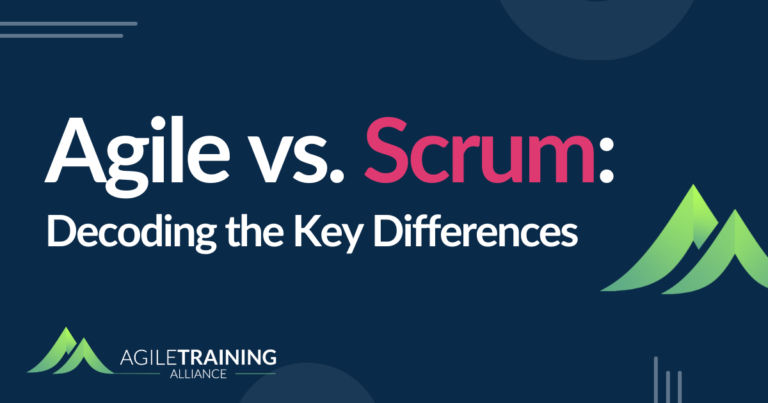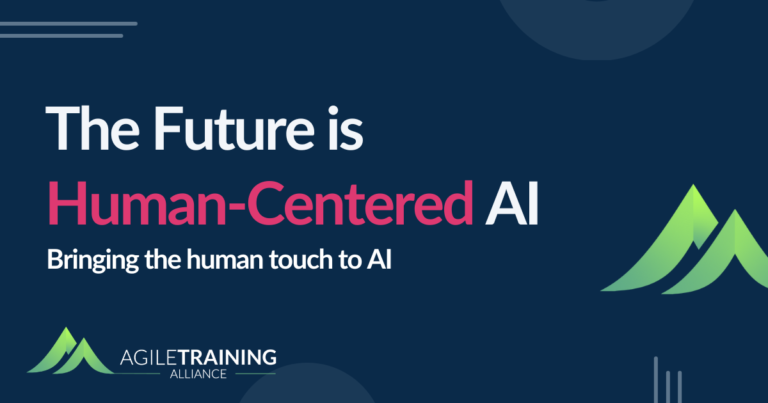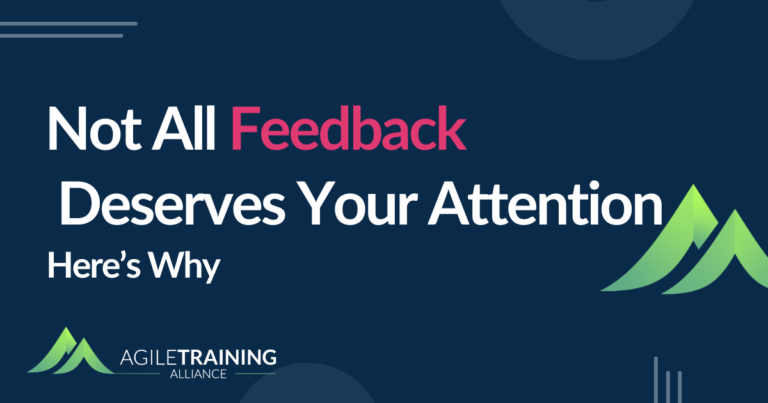In today’s fast-paced business world, where technological advancements and market dynamics constantly change, being agile is crucial for success. Organisations must focus on identifying and nurturing skills that will keep them competitive.
I’ve seen many agile transformations grind to a halt. One repeated reason is having the wrong people, in the wrong roles, with the wrong skills. For instance, a project manager with a traditional waterfall approach leads an agile team or developer without experience in continuous integration and deployment. How can an organisation use its current approach and thinking to identify, assess, and grow future-fit agile skills?
This article will discuss
- identifying these skills,
- assessing the skills by using the Dreyfus Model,
- and applying this knowledge to job roles, career paths, and learning plans.
Identifying Future-Fit Agile Skills
Some typical agile roles, like the Scrum Master, have well-defined skills. So, how can you identify the skills needed for the entire organisation to shift to agility?
Simply put, Agile skills help individuals succeed in delivering value in complex environments.
With this, essential skills include critical thinking, communication, leadership, adaptability, and collaboration.
New skills like digital literacy and emotional intelligence become indispensable as businesses evolve. Adapting and continuously updating skills is crucial for staying ahead in the game. Organisations must recognise this urgency and commit to ongoing learning and development.
Assessing Agile Skills Using the Dreyfus Model
The Dreyfus Model of Skills Acquisition, a proven and practical framework, provides a comprehensive assessment of skills at different levels: Novice, Advanced Beginner, Competent, Proficient, and Expert. It offers a clear path for evaluating agile skills, showcasing the progression from basic understanding to mastery and instilling confidence in the assessment process.
Organisations can create a skills matrix to map observable behaviours for each skill at each Dreyfus level. This matrix helps objectively evaluate and track skill development.
At a previous company, we used this approach to assess team communication skills. We learned where our coaching and training strategy had gaps and improved them. Here’s a simplified example of that matrix.
| Skill | Novice | Advanced Beginner | Competent | Proficient | Expert |
| Communication Skills | Understands basic communication principles. Listens to others and follows instructions. Begins to participate in team discussions. | Start to ask clarifying questions and contribute to discussions. Share relevant information with the team. Learns to use digital communication tools. | Actively engages in all forms of team communication. Provides clear and concise updates. Begins to facilitate effective information exchange among team members. | Understand basic communication principles. Listens to others and follows instructions. Begins to participate in team discussions. | Leads by example in all aspects of communication. Coaches others in effective communication strategies. Innovates new ways to enhance team collaboration. |
Practical Application: Job Role Creation, Career Mapping, and Learning Paths
You’ve identified the skills and created a rubric for assessing them. What now? Here are three critical places where you will use your skills matrices.
Job Role Creation
Create job roles that align with your organisational needs and goals. These roles will ensure you focus on the right skills that support your strategic objectives. You will also clarify to candidates what you’re looking for them to bring to your organisation.
Career Mapping
You can leverage the skills matrix to create dynamic career paths that foster growth and development. By mapping skills to Job Families, you can envision the skill levels required for role progression. This approach underscores the importance of continuous learning and adaptability in staying relevant and thriving in a rapidly evolving business landscape.
Learning Paths
Designing learning paths based on identified skills ensures that employees receive the necessary training, including formal training, mentorship, and on-the-job learning.
A blended approach to learning and development maximises skills acquisition. As a manager, I’ve seen firsthand how this improves employee engagement. Connecting skills from recruitment through employment encourages continuous learning and growth.
Overcoming Challenges
The biggest challenges you’ll experience are:
- Resistance to change,
- skills gaps, and
- maintaining engagement.
It is vital to address these issues proactively. Overcome resistance by implementing a communication plan and involving key stakeholders early. Partner with experts in developing agile skills, like the Agile Training Alliance, to overcome skills gaps or low engagement.
Conclusion
Future-fit agile skills are essential for organisational success in a rapidly changing environment. Organisations can stay competitive by using this approach to identify, assess, and apply agile skills to job roles, career paths, and learning plans.
HR specialists, learning and development professionals, and hiring managers, I encourage you to reflect on your current practices and explore how to start identifying and developing future-fit agile skills in your organisation.
Feel free to contact us for further discussion or to find out how we can help your organisation succeed.





